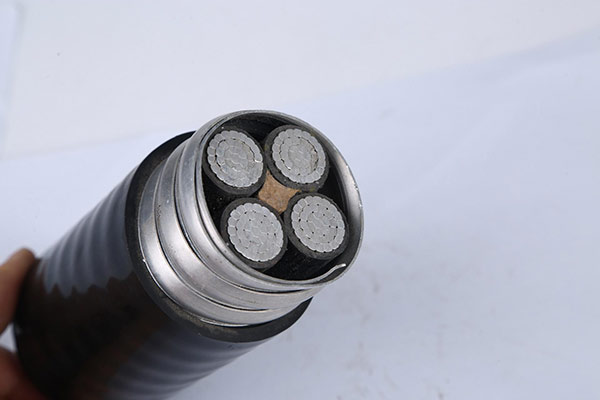1. Different concepts
Armor cable: It is installed by different material conductors in a metal sleeve with insulating materials, and is processed into a bending solid combination.
Non-armor cable: cables without armor protective layers, from several or several sets of wires in each group of at least two twisted cables, each set of wires insulated, often surrounds a center Twisted. The entire outer bread has a highly insulated coverage layer.

2. Different uses
Armor cable: Generally used in the case of ground, the cable trench is laid or buried in direct burial.
Non-armor cable: Except for land burial, it is a non-armor cable.
3. The armored cable is wrapped in steel bands or steel wires to protect the cables from being damaged and damaged by external mechanical forces. You can also prevent mice and termites to bite so that the power transmission problem is not caused by the armor. Ang curved radius of the armor is large, and the armor layer can be ground to protect the cable.
4. The external protective layer of the armored cable is wrapped in steel bands or steel wires to protect the cable from being damaged by external mechanical forces. Ang cross-linked cable refers to the insulation layer outside the cable conductor is the use of cross-linked polyethylene materials. Armoring cables can be used, which can be used with cross-linking materials and the outer layer of the armor.
5. The method of representing armor cables is on ordinary cables+numbers. The first: “2” indicates double steel band armor; second: “2” means polyvinyl chloride cover, such as polyethylene sheath Change “2” ngadto “3”. Pananglitan, YJV represents ordinary cables and YJV22 represents armor cables.
6. Armor cables are generally about 12-15%higher than the price without armor. The cables have good external protection. Pananglitan, if the steel tube is protected, or placed in a very good operating environment, from the perspective of the engineering economy, ordinary cables can be used without armor.



